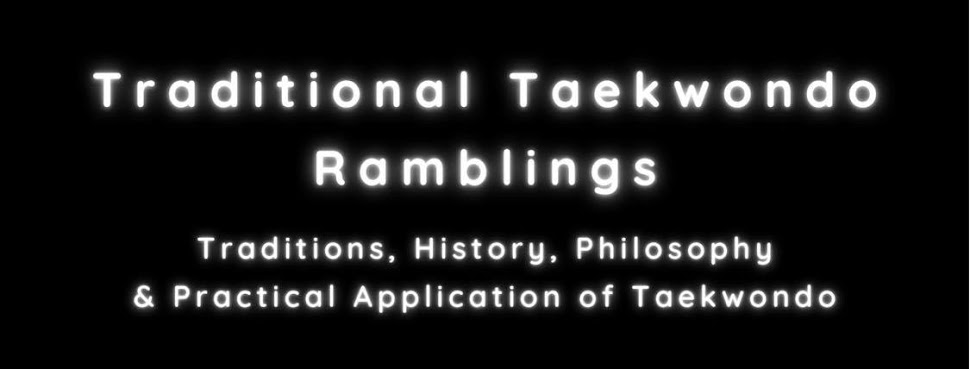 |
| Funakoshi demonstrating a grappling attack that looks suprisingly as if it was taken from Koryo Poomsae! |
Often when you read stuff on Poomsae, Poomse, Hyung, Tul, Kata etc you will see that each movement is described as a technique and each technique belong to a specific class of techniques. The most typical way of describing them within my own school of Taekwondo ("Kukki-style") is thusly:
- Seogi (stance)
- Chagi (kicks)
- Jireugi (punches)
- Chigi (strikes)
- Makki (blocks).
Looking at the list and knowing that each movement in Poomsae blongs into one of these you can easily be led to believe that the only methods that Poomsae records are blocks, kicks and strikes.. Very few approach their study of Poomsae with the belief that there are more to Poomsae than this.







